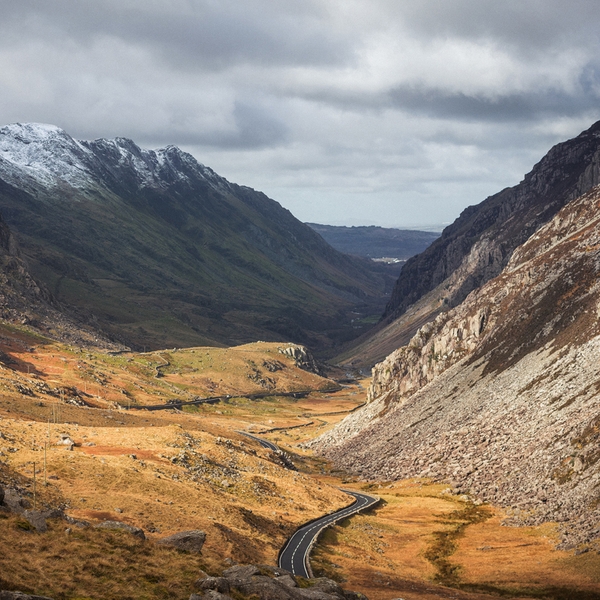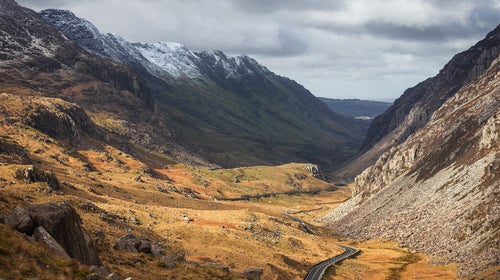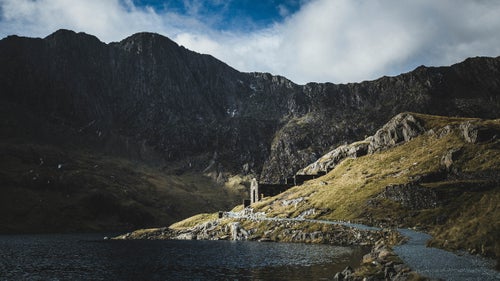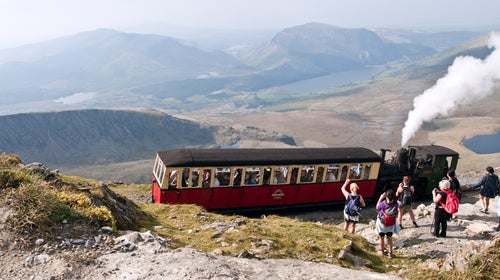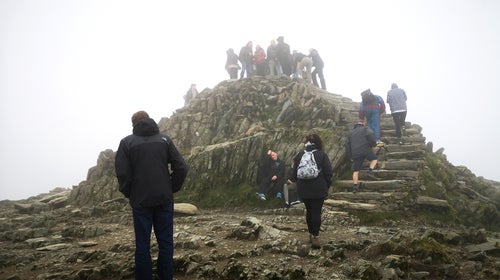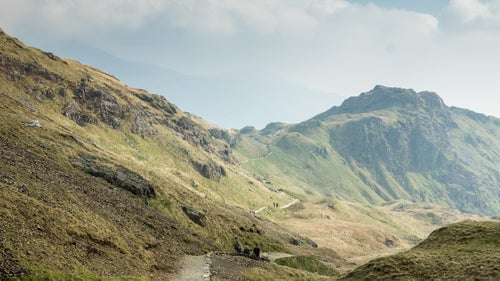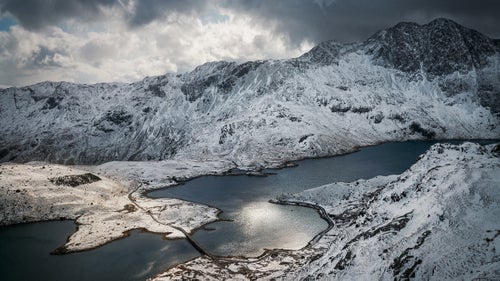Sudden Solitude on One of the World’s Busiest Mountains
Our writer was looking to find solace on the congested slopes of Snowdon in Wales when COVID-19 shut it down. He soon realized that a mountain devoid of humans isn't the vision he thought it would be.
New perk: Easily find new routes and hidden gems, upcoming running events, and more near you. Your weekly Local Running Newsletter has everything you need to lace up! .
The first mountain I ever climbed was Snowdon.
I can close my eyes now��and see the view from its peak. Ireland floats far away across a silver sea. Cliffs swoop down to glacial lakes, where the reflections of clouds live in the cold fathoms. Snowdon’s summit has the magic properties found on all true mountains:��Immortal rock. Infinite air. The brief, happy delusion that you are sovereign over all you see.
But if you have been to the top, you’ll know I’m kind of lying. Because much of the time, the view is of people. A river of people flowing uphill. People posing for Instagram. People queuing for 40 minutes to stand on the summit. People who climbed up here to look out at the heavens and the earth��but who ended up looking at each other instead.
At 3,547 feet, Snowdon is the highest point in Wales, higher than anything in neighboring England, and it is believed by many to be the world’s busiest mountain. This is almost impossible to prove—there is no exact criteria for what counts as a mountain, nor for what counts as busy. But as many as��750,000 people of all abilities stand on Snowdon’s half-acre summit every year. For context, Mount Fuji sees��about 300,000 and Mont Blanc 30,000��(both of which are much taller and far more serious undertakings). And though tourism on Snowdon is certainly nothing new, its number of visitors is believed to have almost doubled in the past decade.
On certain days, Snowdon presents a frightening vision of humanity’s relationship with our landscape. Humans can be a force of erosion here, like a river or a glacier,��carving false pathways, smoothing rock holds, leaving deposits of litter in their wake. According to��, the volume of human ashes scattered from the summit was having an effect on the local��ecology.
In January, I set off to write a story about seeking solitude on Snowdon. The mountain has always been a part of my life: my grandparents lived nearby, and a great-great-great grandfather was a shepherd on its slopes. Up in the loft of my grandparents’ home was a tiny window—like the porthole of a ship—from which you could see the mountain, rising tall behind��a narrow sea strait. Most childhood holidays were spent somewhere under Snowdon’s gaze. There were summer evenings, when the last beams of sunset lingered late on the peak, and the villages and beaches below sank into warm shadows. And winter mornings, parting curtains to see that the mountain had been turned a brilliant white overnight. I remember being on the summit, age eight, watching birds far below��and feeling like I was on the roof of the world.
